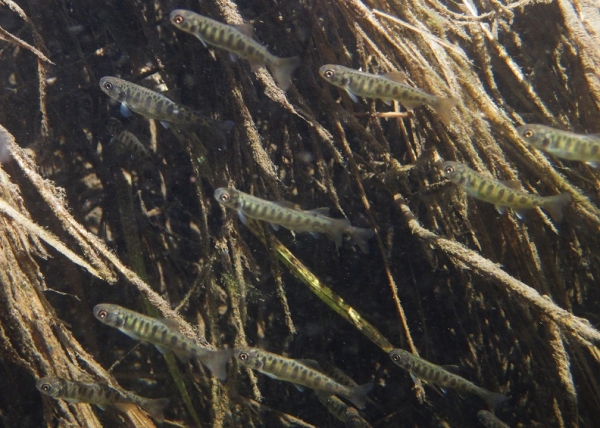King salmon have sustained people in Alaska for at least 12,000 years, but over the past three decades their populations have begun to dwindle. Researchers at the University of Alaska Fairbanks linked these declines to reduced body size and extreme climate conditions in the ocean and in rivers.
Their study, published in October by Global Change Biology, focuses on the Yukon and Kuskokwim river watersheds in Alaska and Canada. These are the two largest rivers in Alaska, and until recently they supported the largest subsistence fisheries for king salmon in the world.
King salmon declines in the region have led to fishery closures and had profound impacts on rural and Indigenous communities. Previous research has investigated how climate affects a few well-studied populations in the region and separately how climate affects body size. This is the first study to compare the effects of both climate and body size on a large number of populations throughout the two river basins.
Young king salmon swim in the Chena River, part of the Yukon River watershed, in 2011. (Photo Credit: Erik Schoen)
Sci/Tech Top Stories Climate Ecosystems Wildlife

